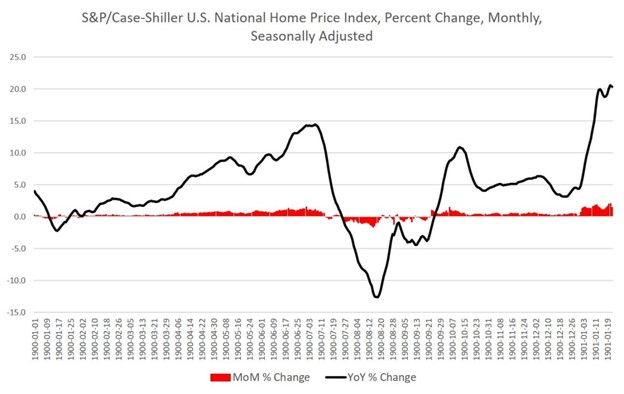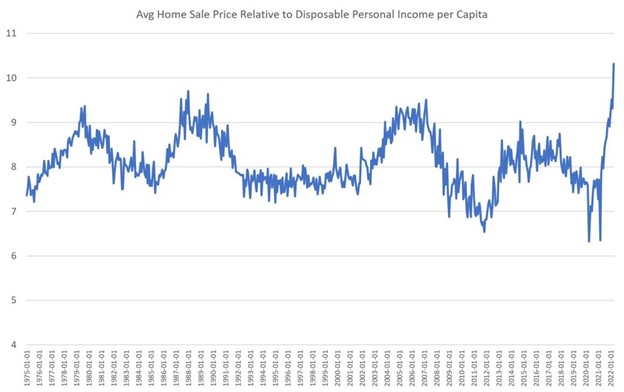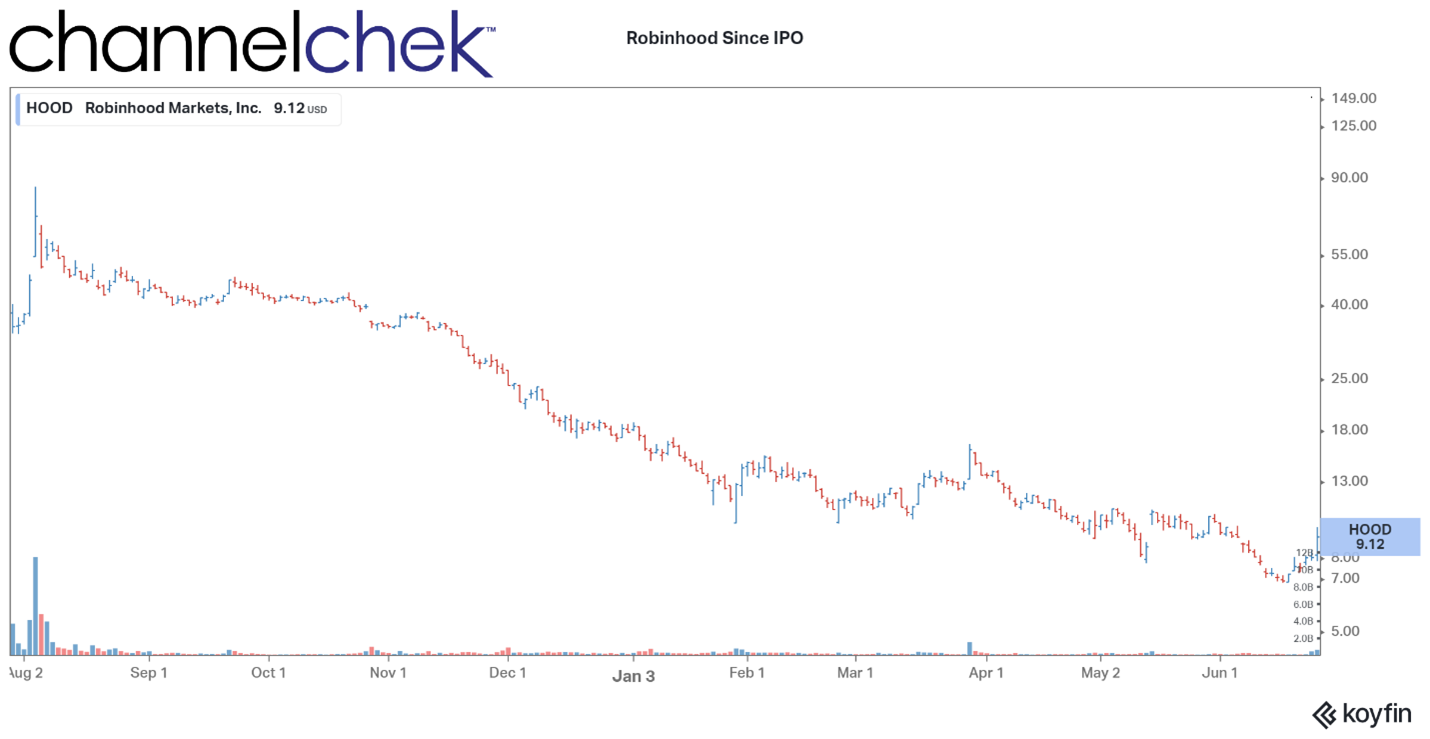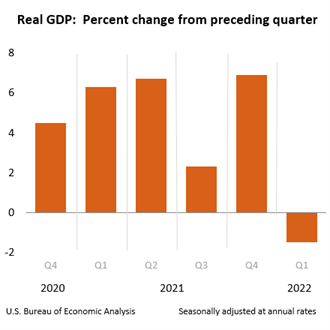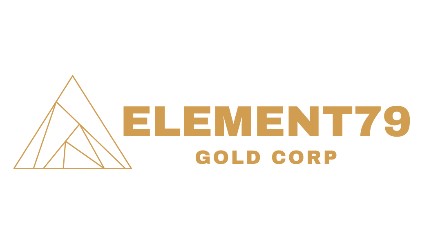
Element79 Gold Completes Acquisition of High-Grade Peruvian Gold Portfolio
Historic production averaging up to 19 g/t Au Equivalent, Recent
sampling returned up to 116 g/t Au Equivalent, Includes one of the
highest-grade underground mines in Peru’s history
VANCOUVER, BC / ACCESSWIRE / June 29, 2022 / Element79
Gold Corp. (CSE:ELEM)(OTC PINK:ELMGF)(FSE:7YS) (“Element79
Gold”, the “Company“) announces that pursuant to the definitive share purchase agreement dated June 19, 2022 (the “Agreement“), it has closed the acquisition of all of the issued and outstanding common shares of Calipuy Resources Inc. (“Calipuy”) from the shareholders of Calipuy (the “Calipuy Shareholders“). Calipuy, through its subsidiaries, holds 100% interest in two past producing gold-silver mines: the Lucero mine (“Lucero”), one of the highest-grade underground mines in Peru’s history(1) at grades averaging 19.0 g/t Au Equivalent (“Au Eq”) (14.0 g/t gold and 373 g/t silver),(1,2) as well as the Machacala Project (“Machacala”
and, together with Lucero, the “Properties“) which averaged production grades of 10.5 g/t Au Eq (6.0 g/t gold and 340 g/t silver).
(3) Operations were suspended in 2005 at Lucero and 1991 at Machacala due to the persistence of low gold and silver prices at the time. Element79 Gold has previously disclosed the terms of the Agreement (see news release dated June 20, 2022, available on SEDAR).
Highlights of the High-Grade Peruvian Gold Portfolio :
- Recent samples at Lucero returned up to 116.8 g/t Au Eq (78.7g/t Au and 2,856 g/t Ag)(9); Consistent with historic high grade production of 19.0 g/t Au Eq (14.0 g/t Au and 373 g/t Ag) between 1998 and 2004(2); Recent historic prospecting indicates potential for additional bulk-tonnage high-sulphidation gold-silver deposit
- Most recent drilling at Machacala returned up to 15.7 g/t Au Eq (13.55 g/t AU and 164 g/t Ag) over 3.15m in the drill hole Ma-04 on the Fragua vein(10); 230,000 tonnes of historical production averaging 10.5 g/t Au Eq (6.0 g/t Au and 340 g/t Ag) from 1979 to 1991(3);
“The closing of the Calipuy transaction delivers high-grade assets, potentially capable of operating in the near-term, to Element79 Gold’s growing portfolio, offering an expedited route toward cash-flow generation through these significant production-stage properties,” commented James Tworek, President and CEO of the Company. “With the on-site team being assembled and planning is underway for both sites, Element79 Gold’s focus is to accelerate the timeline to operations at these properties by expanding on current datasets and exploration at each asset.”
Peru has a mining-friendly legislation that allows up to 350 tpd production while larger scale production permitting is underway. Element79 Gold has previously stated that it intends to pursue the opportunities aggressively (see news releases dated March 10, 2022, March 17, 2022, and June 20, 2022, available on SEDAR).
Lucero Project
Formerly operated as the Shila mine from 1989 to 2005, Lucero consists of 10,805 hectares located in the Shila range of southern Peru, which contains several historic high grade gold-silver mines.(1) Lucero consistently delivered high grades during 16 years of operations, and between 1998 and 2004 reported production averaging approximately 18,800 ounces of gold and 435,000 ounces of silver per year at grades of 19.0 g/t Au Eq (14.0 g/t Au and 373 g/t Ag),
(2) with recoveries at the ore processing facility averaging 94.5% for gold and 85.5% for silver.(1)
A recent NI 43-101 technical report on Lucero has been prepared for Calipuy by Mining Plus. Samples collected by the technical report’s Qualified Person (the “QP“) returned up to 116.8 g/t Au Eq (78.7g/t Au and 2,856 g/t Ag)(9). Due to a lack of historical data, the project does not host any resources. However, access to the historic workings is available, and the QP states Lucero is underexplored and has significant exploration potential for extension of known veins, and to discover additional veins.(9)
Lucero is one of many low-sulphidation epithermal Au-Ag deposits hosted in tertiary volcanics of the Central Andes Cordillera of southern Peru. The project hosts 74 recognized epithermal veins, 14 of which have been partially exploited. High grade ‘bonanza-style’ direct shipping ore was mined in the past from low-to-intermediate-sulphidation quartz-carbonate massive sulphide veins. Prospecting by previous operator Condor Resources Inc. from 2012 to 2020 identified the high-sulphidation epithermal alteration zone with structures that returned peak sample values of 80.1 g/t Au Eq (33.4 g/t Au and 3,500 g/t Ag)(11). This alteration zone, measuring approximately 1,300 metres by 1,400 metres, exhibited no evidence of prior sampling or drilling and is believed to host potential for a bulk tonnage disseminated gold-silver deposit.(1)
“Lucero offers a rare opportunity to explore for not only an underground high-grade low sulphidation system but potentially an open pit-able high sulphidation system as well,” stated Neil Pettigrew, M.Sc., P.Geo, Director of Element79 Gold “This project has never experienced modern exploration techniques and I am very confident that significant gold-silver resources are to be found.”
A 0.5% Net Smelter Returns royalty is retained by Sandstorm Gold Ltd., one of the largest gold royalty companies in the world.(2)
Machacala Project
Machacala consists of over 4,000 hectares located in the District of Carabamba, Province of Julcan, Department of La Libertad. In 2004, Gold Hawk Resources, Inc. (”
Gold Hawk“) estimated a total inferred resource of 420,000 Au Eq ounces hosted within 1,560,000 tonnes, which equates to a gold equivalent grade of 8.4g/t, however individual gold and silver grades were not reported.(4) This historic estimate is the most recent historic resource estimate relevant to Machacala. In additional Machacala also includes approximately 200,000 tonnes of tailings, which have historically been estimated in 2004 to grade 1.26 g/t gold and 74 g/t silver(6). This historical tailings estimate is historic in nature, and non-43-101 compliant. Historical metallurgical studies by Gold Hawk show 87% recoveries of gold and 50%+ recovery of silver in 24 hours of leaching un-milled tailings, with re-milling able to increase recoveries to 90% of gold and 73% of silver in 24 hours of leaching.(7). A qualified person has not
conducted sufficient work on either the historical Gold Hawk or Tailings
estimates required to categorize these resources to the CIM definition of a
current mineral resources, which may include the preparation of a new NI 43-101
Technical Report. Element79 Gold is not treating these historic estimates as
current mineral resources and a qualified person has not reviewed the work to
define the quality of work associated with this historic estimate.
While these historical estimates are considered to be relevant to
future exploration of the Machacala property they should not be relied upon and
there can be no assurance that any of the historical resources, in whole or in
part, will ever become economically viable.
Machacala was first commercially mined in the 1950s before being acquired and operated by Minera Santa Isabel, S.A. from 1979 to 1991 which mined 230,000 metric tonnes averaging 10.5 g/t Au Eq (6.0 g/t Au and 340 g/t Ag) representing 78,000 Au Eq ounces.
(4) Operations were suspended in 1991 due to the persistence of a low gold ($360/oz) and silver ($3.81/oz) price. Neighboring concessions include those owned by Fortescue Metals Group (ASX Listed) and by Fresnillo Peru S.A.C., a subsidiary of Fresnillo plc (LSE Listed).(3,5)
The project was most recently explored by Gold Hawk and Meridian Gold between 1997 and 2004, with a total of 8,500m in 45 core and RC drill holes completed. Highlights of this drilling include 11.6 g/t Au Eq (11.32 g/t Au and 23.6 g/t Ag) over 3.7m in the Casa Fuerza vein, and 15.7 g/t Au Eq over 3.15 m (13.55 g/t Au and 164 g/t Ag) in the Fragua vein10). Machacala hosts multiple low-sulphidation epithermal Au-Ag veins, of which only four have been only modestly exploited.(5)
A 1.5% Net Smelter Returns royalty is retained by previous owners of the property.
“Machacala possesses significant historical data, as well as 8,500 meters of recent drilling, which we hope will assist in the definition of NI 43-101 compliant resources,” commented Neil Pettigrew, M.Sc., P.Geo, Director of Element79 Gold. “The project is also at a low elevation and has excellent infrastructure which will facilitate returning the project to production.”
Terms of the Acquisition
Pursuant to the Agreement, the Company acquired all of the issued and outstanding securities of Calipuy from the Calipuy Shareholders (the “Acquisition“). As consideration for the Acquisition, the Company paid USD$15 million by the issuance, on a pro rata basis to the Calipuy Shareholders, of (i) an aggregate of 19,165,484 common shares of the Company at deemed issue price of CAD$1.00 per share (the “Consideration Shares“) and (ii) performance bonus warrants to acquire an aggregate of 3,833,085 common shares of the Company (the “PerformanceBonus Warrants“).
Each Performance Bonus Warrant is exercisable into one common share of the Company at an exercise price of CAD$2.00 per share for a period of three years from Exercise Eligibility Date (as defined herein), subject to achievement of the Bonus Performance Target (as defined herein), the policies of the Canadian Securities Exchange (the “Exchange“) and the terms of warrant certificates to be issued to the Calipuy Shareholders in respect thereof. The Company may accelerate expiry of the Performance Bonus Warrants if the common shares of the Company have a closing price greater than CAD$3.50 per share for a period of ten consecutive trading days on the Exchange at any time after the closing of the Acquisition (the “Closing“). The holders of the Performance Bonus Warrants will not have the right to exercise the Performance Bonus Warrants until projects carried out on the Properties have cumulatively reached a minimum production target of 9,000 tons of ore yielding a minimum of 1,500 oz Au within a 30-day production period (the ”
Bonus PerformanceTarget“) and the Company provides notice of achievement of the Bonus Performance Target via news release (the “Exercise EligibilityDate“).
All issuances of Consideration Shares were paid in CAD denominated shares at the agreed exchange rate of CAD$1.2777 to USD$1.00. An aggregate of 12,971,503 Consideration Shares and 2,594,298 Performance Bonus Warrants are subject to a lock-up agreement, whereby 50% will be released from lock-up 6 months from Closing and the remaining 50% will be released 12 months from Closing. The balance of the Consideration Shares and Performance Bonus Warrants, other than those held by U.S. persons, are not subject to any resale restrictions under applicable securities laws.
The Acquisition is a related party transaction pursuant to Multilateral Instrument 61-101 Protection of Minority Shareholders in Special Transactions (“MI
61-101“). Antonios Maragakis, who is the CEO and a director of Calipuy, is also a director and the COO of the Company. Shane Williams, who was a director of Calipuy immediately prior to the Closing, was recently elected as a director of the Company at its Annual General Meeting on June 22, 2022 (together, the “Related Parties“). Each of the Related Parties have disclosed their interest in the Acquisition to the board of directors of each of the Company and Calipuy, and abstained from voting on approval of the Agreement, the Acquisition and the Closing. Prior to Closing, neither of the Related Parties held any common shares of the Company, and following Closing their beneficial direct and indirect shareholdings increased to 97,688 common shares and 292,509 common shares, respectively. The Acquisition, the Agreement and the Closing were reviewed and considered by the disinterested members of the board of directors of the Company with each of the Related Parties recusing themselves from discussions relating to the same, and the disinterested members of the board unanimously approved entry into the Agreement and completion of the Acquisition on the terms of the Agreement. The Company believes that the Acquisition provides an opportunity to advance the Properties and deliver value to Element79 shareholders. A special committee was not formed for the purpose of reviewing the Acquisition and an independent valuation was not obtained in connection with the Acquisition. On Closing, each of the Related Parties terminated any and all compensation agreements they had with Calipuy and waived any entitlement to severance or change of control payments by Calipuy that would have otherwise been triggered as a result of the Acquisition. In connection with the Acquisition, the Company relied on (i) the exemption at paragraph 5.5(b) of MI 61-101 from the valuation requirements since the Company is not listed on any of the markets specified therein; and (ii) the exemption at paragraph 5.7(a) of MI 61-101 from the minority approval requirements as the fair market value of the 97,688 Consideration Shares and 19,537 Performance Bonus Warrants issued to Mr. Maragakis, and the 292,509 Consideration Shares and 58,501 Performance Bonus Warrants issued to a company controlled by Mr. Williams, on Closing is less than 25% of the market capitalization of the Company.
All Au Equivalent calculations were performed using $1,650/oz gold, and $22/oz silver in line with the Company’s Maverick Springs 43-101 resource estimate (see news release January 31st, 2022, available on SEDAR).
Qualified Person
The technical information in this release has been reviewed and verified by Neil Pettigrew, M.Sc., P. Geo., Director of Element79 Gold and a “qualified person” as defined by National Instrument 43-101.
About Element79 Gold
Element79 Gold is a mineral exploration company focused on the acquisition, exploration and development of mining properties for gold and associated metals. Element79 Gold has acquired its flagship Maverick Springs Project located in the well-known gold mining district of northeastern Nevada, USA, between the Elko and White Pine Counties, where it has recently completed a technical report, pit-constrained mineral resource estimate reflecting an Inferred resource of 3.71 million ounces of gold equivalent* “AuEq” at a grade of 0.92 g/t AuEq (0.34 g/t Au and 43.4 g/t Ag)) with an effective date of Feb. 4, 2022. The acquisition of the Maverick Springs Project also included a portfolio of 15 properties along the Battle Mountain trend in Nevada, which the Company is analyzing for further merit of exploration, along with the potential for sale or spin-out. In British Columbia, Element79 Gold has executed a Letter of Intent to acquire a private company which holds the option to 100% interest of the Snowbird High-Grade Gold Project, which consists of 10 mineral claims located in Central British Columbia, approximately 20km west of Fort St. James. In Peru, Element79 Gold holds 100% interest in the past producing Lucero Mine, one of the highest-grade underground mines to be commercially mined in Peru’s history, as well as the past producing Machacala Mine, subject to the royalties and encumbrances detailed in the Agreement. The Company also has an option to acquire 100% interest in the Dale Property which consists of 90 unpatented mining claims located approximately 100 km southwest of Timmins, Ontario, Canada in the Timmins Mining Division, Dale Township. For more information about the Company, please visit www.element79.gold or www.element79gold.com
Contact Information
For corporate matters, please contact:
James C. Tworek, Chief Executive Officer
E-mail: jt@element79gold.com
For investor relations inquiries, please contact:
Investor Relations Department
Phone: +1 (604) 200-3608
E-mail: investors@element79gold.com

